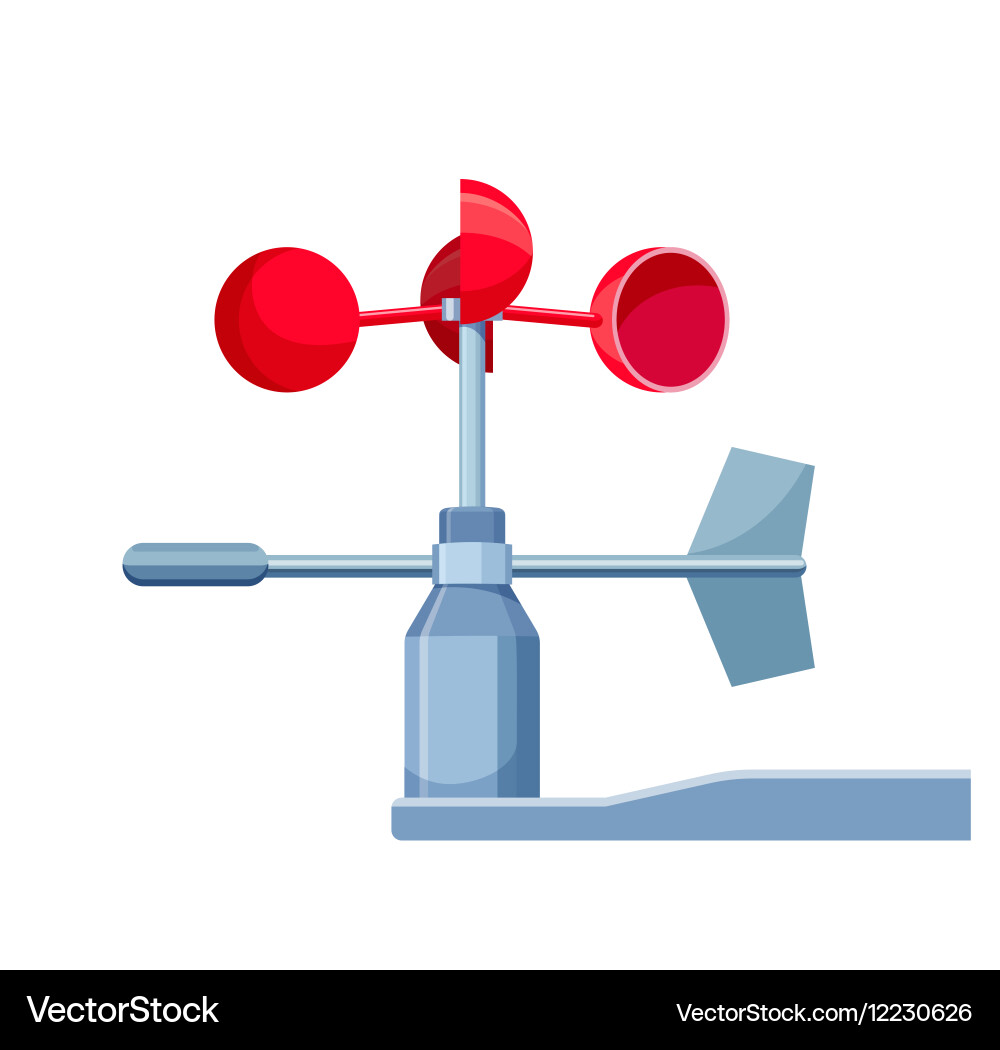Expert Tips for Calibrating Your Anemometer for Ideal Efficiency
Expert Tips for Calibrating Your Anemometer for Ideal Efficiency
Blog Article
All You Need to Understand About Anemometers: Just How They Work, Why They Issue, and Where to Utilize Them
Anemometers, however usually ignored in the realm of scientific tools, play a crucial role in various fields, providing useful insights right into wind rate and air flow patterns. As we delve into the intricacies of anemometer innovation, we will discover the inner functions of these tools, their relevance, and the key factors to consider when choosing the ideal anemometer for specific applications.

Anemometer Essentials
An important instrument utilized to measure wind speed and instructions, the anemometer plays a critical function in meteorology and various industries. An anemometer usually contains 3 or 4 cups that turn in the wind, a vane that directs right into the wind, and sensing units to track the rotations or motions. By determining the rotations or motions over a particular amount of time, the anemometer can establish wind rate. The vane helps establish wind direction by aiming right into the wind, offering beneficial data for weather projecting, aviation, maritime procedures, environmental surveillance, and wind energy applications.
There are different kinds of anemometers offered, consisting of cup anemometers, vane anemometers, hot-wire anemometers, and sonic anemometers, each with its special features and applications. Cup anemometers are commonly made use of for basic wind speed measurements, while vane anemometers are chosen for directional dimensions. Hot-wire anemometers are ideal for reduced airspeeds, and sonic anemometers are excellent for high-precision measurements in study and industrial setups. Comprehending the basics of anemometers is essential for exact wind data collection and analysis throughout different markets.
Principles of Anemometer Procedure
Structure on the foundational understanding of anemometer essentials, the concepts of anemometer procedure clarify the technicians behind wind speed and direction dimensions. Mug anemometers, for circumstances, have 3 or even more mugs that record the wind, triggering them to rotate much faster as the wind rate increases. Hot-wire anemometers rely on a warmed wire that cools down as wind passes over it, with the rate of cooling determining the wind rate.
Value of Anemometers
The value of anemometers in meteorology and numerous sectors can not be overemphasized. Anemometers play an essential duty in measuring wind speed and instructions, giving crucial data for weather condition projecting, environment researches, environmental tracking, and air travel operations. Meteorologists rely upon anemometers to gather accurate wind information, aiding them understand weather condition patterns, predict tornados, and issue prompt cautions to the general public. In industries such as building and construction, agriculture, eco-friendly energy, and maritime procedures, anemometers are used to enhance processes, guarantee safety, and raise efficiency. For instance, wind ranch drivers use anemometers to assess wind conditions and maximize power production from wind generators. In the maritime sector, anemometers help ship navigating by supplying real-time wind info to captains, helping them make educated decisions to make certain risk-free voyages. Overall, anemometers are indispensable devices that contribute substantially to safety and security, efficiency, and informed decision-making in weather forecasting and a variety of sectors.
Applications Across Different Industries
Applications of anemometers span throughout diverse markets, showcasing their convenience and energy beyond weather forecasting. In the renewable power market, anemometers play a critical role in assessing wind conditions for wind farm placements, guaranteeing ideal energy production. Industries like building and construction and mining make use of anemometers to keep an eye on wind rates, important for safety and security methods, especially when operating at elevations or in open-pit mines where strong winds can position threats. Anemometers are likewise important in the air travel industry, assisting pilots in understanding airspeed and wind instructions for risk-free take-offs and landings. The maritime look at this site industry gain from his response anemometers for ship navigation, assisting seafarers anticipate weather condition changes and adjust routes appropriately. In farming, anemometers assist farmers in taking care of crop spraying by supplying real-time data on wind speed to prevent drift. Furthermore, anemometers locate applications in a/c systems to enhance air flow and boost power performance in structures. The varied usage situations of anemometers highlight their relevance across various markets, highlighting their crucial function in enhancing functional safety and performance (anemometer).
Selecting the Right Anemometer for Your Requirements
For basic purposes, a mug anemometer is ideal for gauging wind speed, while a vane anemometer supplies wind instructions information. Hot-wire anemometers are excellent for low airspeed dimensions, and ultrasonic anemometers supply high accuracy and longevity.

Final Thought
In conclusion, anemometers play an important function in gauging wind speed and direction across various markets. It is important to consider the significance of anemometers in order to make educated choices when picking the most ideal device for measuring wind problems.
There are numerous types of anemometers offered, consisting of mug anemometers, vane anemometers, hot-wire anemometers, and sonic anemometers, each with its one-of-a-kind features and applications. Cup anemometers are frequently made use of for basic wind speed measurements, while vane anemometers are chosen for directional dimensions. Hot-wire anemometers are ideal for low airspeeds, and sonic anemometers this article are ideal for high-precision measurements in study and industrial settings.Structure on the foundational understanding of anemometer essentials, the principles of anemometer operation clarify the mechanics behind wind speed and direction dimensions. For basic functions, a mug anemometer is ideal for determining wind speed, while a vane anemometer provides wind direction data.
Report this page